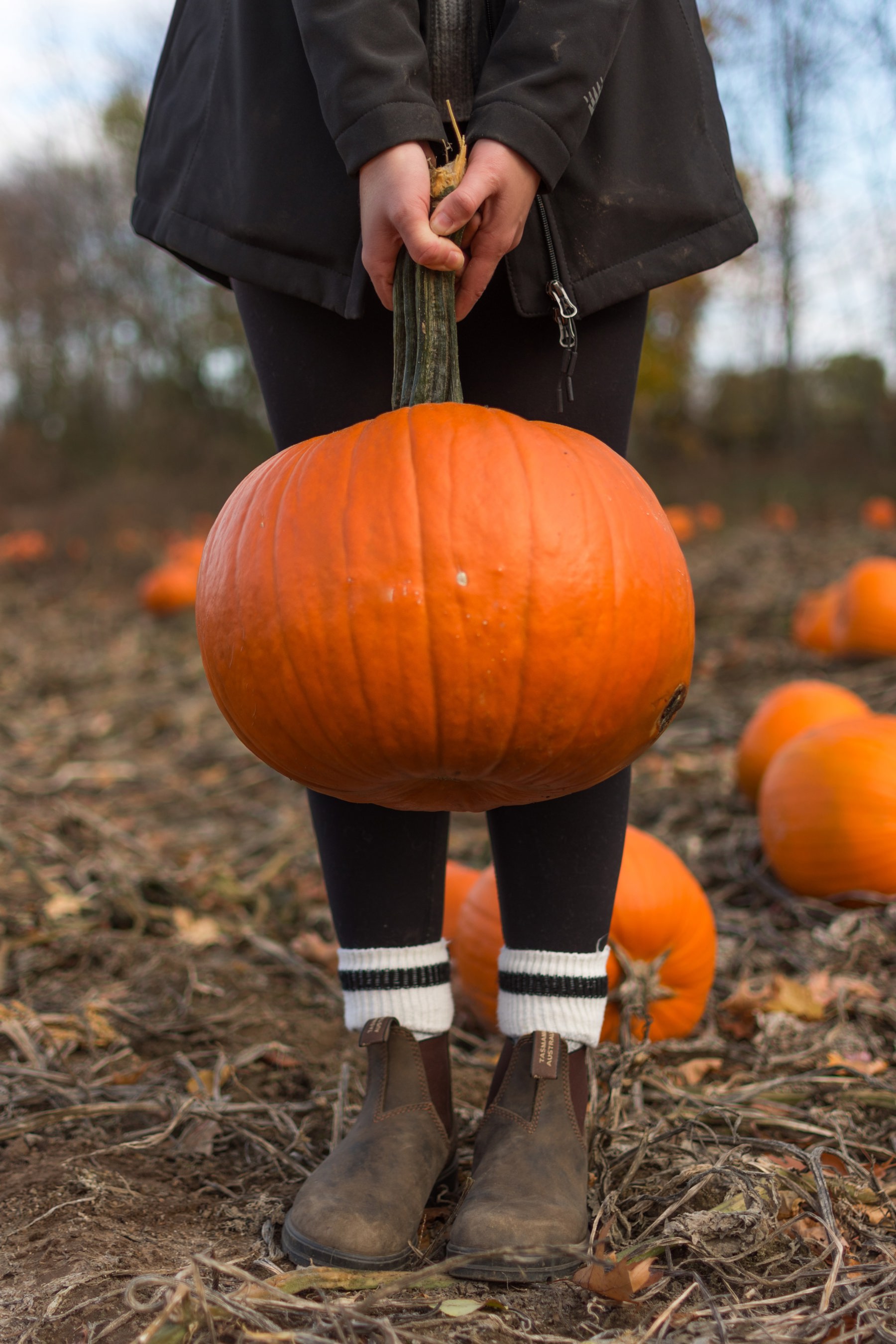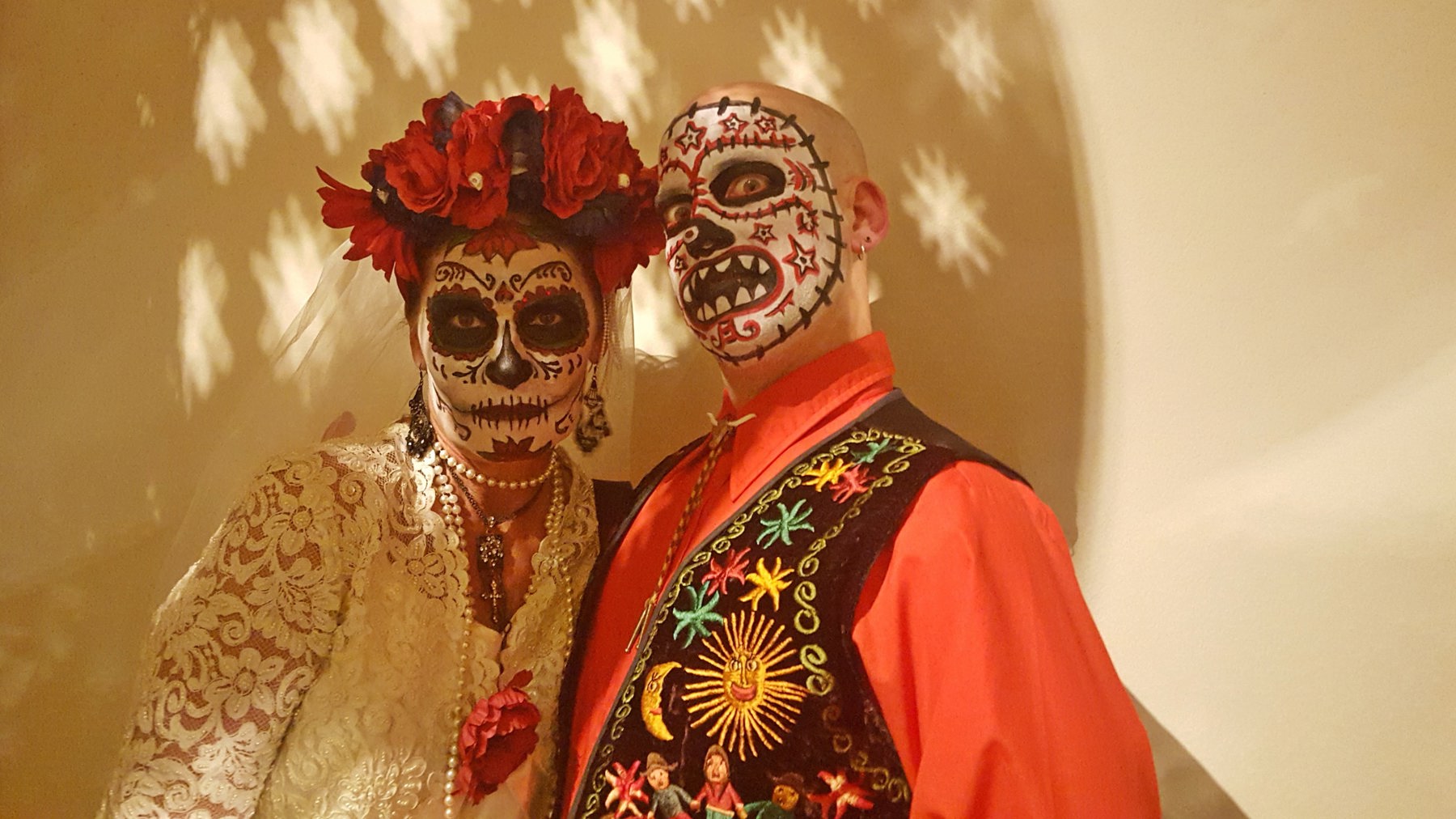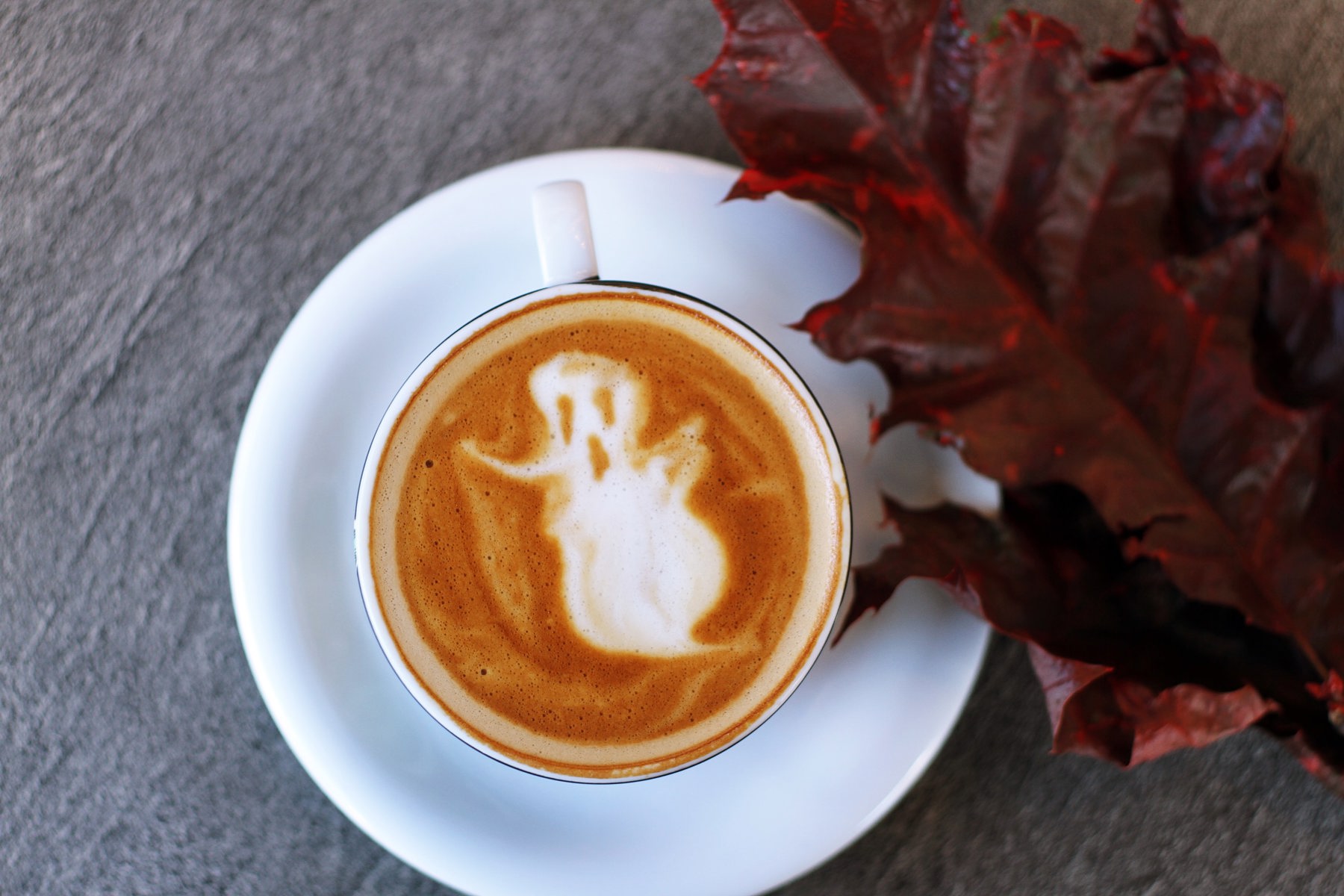3 Halloween traditions from around the world
Happy Halloween! To mark the occasion, we take a look at three otherworldly traditions from across the globe; to inject a little spookiness into your Scout programme if you’re so inclined

Samhain
Where is it commonly celebrated?
Britain and Ireland
When does it happen?
October 31-1 November
What’s it all about?
Marking the end of Harvest season and the beginning of the ‘dark half’ of the year, Samhain (pronounced so-ween) is a traditional Gaelic festival dating back to ancient times, when rural workers would toast to the season gone by and buckle down for an inevitably difficult winter.
To this day, it’s seen as a liminal time, when the weather is in transition, and boundaries between the physical world - as we know and experience it - and the mysterious ‘otherworld’ can more easily be crossed.
On the night, mumming and guising –an older incarnation of trick or treating – is commonly practised, with locals dressing up (often in full disguise) and knocking on their neighbour’s doors, reciting verses in exchange for food, which is then offered up to the dead.
Traditionally, communal feasts and dances are held, games are played, and, in Ireland (believed to be the birthplace of Samhain), bambrack – a traditional Irish fruit cake believed to have mystical properties – is baked and shared. Inside the loaf, people place various prophetic items, wrapped in muslin cloth. Receive a loaf with a coin or a ring buried inside, and you’re sure (predicably) to experience good fortune and wealth in the near future. But, receive a pea and you won’t be lucky in love anytime soon.
Worse still, steer clear of the humble thimble - a sign of eternal spinsterhood and sadness – and try to avoid the stray pieces of cloth, which denote a year of misery and strife.
Dia de los Muertos

Where is it commonly celebrated?
In Latin American communities across the world, particularly in Mexico (where the festival began)
When does it happen?
2 November
What’s it all about?
Drawing on indigenous and European traditions, Dia de los Muertos – the day of the dead – is a two-day festival which takes place each November. Though most commonly associated with Mexican culture, it’s celebrated across Latin America more widely, and indeed across the whole world, wherever those with Mexican heritage reside.
Based on the belief that the dead would be insulted by our mourning and sadness, Dia de los Muertos provides an annual excuse to celebrate the lives of the deceased. Huge street parties are held, where food and drink overflows, and merriment is had.
The whole point is to engage in the very same activities loved ones enjoyed while they were alive while toasting to mortality, and the fact that death is as a natural part of the human experience, to be respected rather than feared.
On Dia de los Muertos, many people believe that the dead are risen temporarily from their graves to become part of the community, awakened from their eternal sleep to take part in the celebrations with their loved ones.
The most familiar symbol of Dia de los Muertos are probably the colourful calacas and calaveras (skeletons and skulls), which appear everywhere during the holiday: printed onto the wrappers of various snacks and sweets, and worn as masks. Wherever they appear, Calacas and calaveras are almost always portrayed as enjoying life, often in fancy clothes and entertaining situations.
Hungry Ghost festival

Where is it commonly celebrated?
In Buddhist and Taoist communities across the world
When does it happen?
August 25
What’s it all about?
Celebrated by Buddhists and Taoists across the world, the annual Hungry Ghost festival dates back to ancient China. According to its origin story, it can be traced back to the earliest a monk named Muilan asked the Buddha to help his deceased mother – who had grown very hungry during her time in the spirit world, unable to access her old earthly belongings.
The Buddha instructed Muilan to make offerings of food and new robes to local monks. Grateful for their gifts, the monks then prayed for Muilan’s mother, until she was eventually reborn as a human.
Being trapped between worlds is exhausting, and hauntings make for hungry work. That’s why, during the festival, families gather in the kitchen to prepare an elaborate meal together. Then, they set the table for their long lost ancestors.
If you ever get the chance to witness one of these otherworldly dinner parties: listen closely. You might just catch the sound of the invisible guests, slurping and cackling. Just be sure not to steal any snacks for yourself, unless you want to be tormented for the rest of your days.
Bonus trivia
During the Hungry Ghost Festival, those who are feeling superstitious might choose to avoid all manner of things, staying away from home renovations (which could accidentally upset ghostly co-tenants) and avoiding the colour red like the plague. That’s because red is believed to attract hungry ghosts on the hunt for a living, breathing body to possess. Better safe than sorry, right?